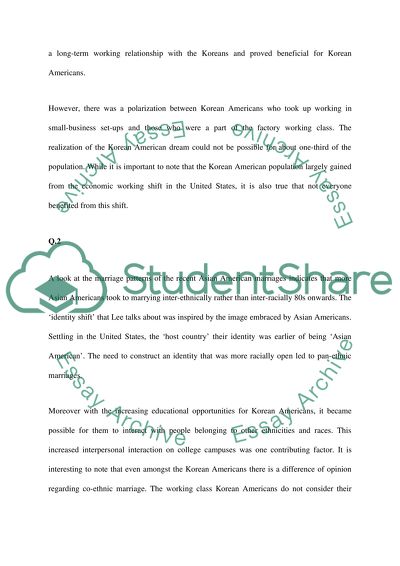Cite this document
(“Asian American Experience: Korean American Experience Book Report/Review”, n.d.)
Retrieved from https://studentshare.org/family-consumer-science/1411335-asian-american-experience-korean-american
Retrieved from https://studentshare.org/family-consumer-science/1411335-asian-american-experience-korean-american
(Asian American Experience: Korean American Experience Book Report/Review)
https://studentshare.org/family-consumer-science/1411335-asian-american-experience-korean-american.
https://studentshare.org/family-consumer-science/1411335-asian-american-experience-korean-american.
“Asian American Experience: Korean American Experience Book Report/Review”, n.d. https://studentshare.org/family-consumer-science/1411335-asian-american-experience-korean-american.


